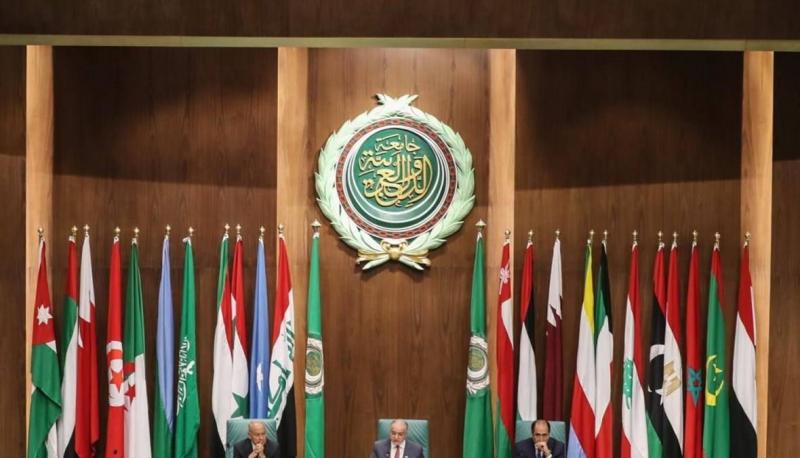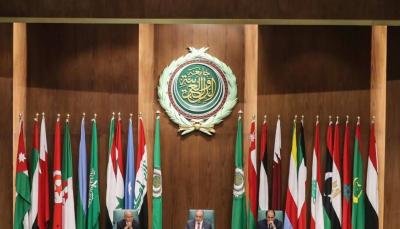The Arab League includes 22 Arab countries in Asia and Africa. Its significance stems from the fact that the combined area of its member states is about 13 million km², with a population of around 340 million, making it the second-largest entity in the world by area after Russia, and the fourth largest by population density after China, India, and the European Union. This has contributed to a renewed unity among Arabs despite recent disagreements, in light of global conditions that threaten to dissolve them amid the current economic, social, and political erosion.
**Foundation and Expansion**
It was established in Cairo in 1945 by Egypt, Iraq, Lebanon, the Palestine Mandate, Saudi Arabia, Syria, Transjordan (Jordan since 1946), and North Yemen (later renamed Yemen). Membership continually increased during the second half of the 20th century, with 15 more Arab countries and 4 observers joining. The seven founding countries held their first meetings in Cairo in 1946, with the second summit in Beirut in 1956 seeing the participation of eight Arab countries after Libya joined in 1953.
**Charter**
Its charter focuses on coordinating member states on economic issues, including trade relations, communications, cultural relations, other civil and travel documents, social relations, and health. Its permanent headquarters is in Cairo, having been in Tunis from 1979 to 1990. The current Secretary-General is Ahmed Aboul Gheit.
**Platform for Cooperation**
The League has served as a platform for drafting and concluding many historical documents to enhance economic integration among its member countries. One significant example is the Document on Joint Arab Economic Action, which outlines the principles of economic activities in the region. Each member state has one vote in the League Council, but decisions are binding only on those who voted for them.
**Objectives**
The League's objectives include: “Enhancing and coordinating political, cultural, economic, and social programs among its members, mediating in disputes arising between member states or between them and third parties. Countries that signed the Joint Defense and Economic Cooperation Agreement on April 13, 1950, are obligated to coordinate military defense measures.”
**Nomenclature**
Syria proposed the name "Arab Alliance," while Iraq wanted "Arab Union." However, the Egyptian delegation believed the name "Arab League" was more linguistically and politically appropriate and aligned with Arab countries' goals. Ultimately, all parties agreed on this name after adjusting it from the Arab League to the League of Arab States. The Arab delegates attending the preparatory committee for the General Arab Conference in Alexandria issued a protocol called the Alexandria Protocol, agreeing to establish a League of Arab States.
**Idea of Its Establishment**
On May 29, 1941, British Foreign Secretary Anthony Eden delivered a speech stating, “The Arab world has made significant strides since the settlement that followed the last world war, and many Arab thinkers hope for a greater degree of unity for the Arab nations than currently exists.” Ironically, it was the mandate that called for this, but it later proved its independence. Nearly a year after Eden’s speech, Egyptian Prime Minister Mustafa al-Nahhas invited Syrian Prime Minister Jamil Mardam Bey and Lebanese National Bloc leader Bishara al-Khoury to Cairo to discuss the idea of "establishing an Arab League to strengthen cooperation among the member countries."
When a preparatory committee comprising representatives from Syria, Lebanon, Jordan, Iraq, Egypt, and Yemen met from September 25 to October 7, 1944, they favored the idea of unity among independent Arab states, without undermining their independence and sovereignty.
**League's Mission**
The mission of the League Council is to "ensure the implementation of agreements made by member states among themselves, hold regular meetings to strengthen ties between them, and coordinate their political plans to achieve cooperation and maintain independence and sovereignty from any aggression through possible political means." Generally, disputes between member states should not be resolved through force, and external policies harming the Arab League's policies or any member state are prohibited. Each member country can form special agreements with other member countries or others, as long as it does not contradict the texts and spirit of these regulations. Additionally, the recognition of the sovereignty and independence of member states with their existing borders is included.
This protocol served as the main document on which the Arab League Charter was based, which was ratified at the Palace of Al-Zafaran in Cairo on March 19, 1945. The charter consists of a preamble, twenty articles, and three special appendices: the first appendix is related to Palestine, the second is concerning cooperation with non-independent Arab states, and the third pertains to appointing Abdel Rahman Azzam, the Minister Plenipotentiary at the Egyptian Ministry of Foreign Affairs, as the first Secretary-General of the League for a two-year term.
**Temporary Comments**
Egypt's membership was suspended in 1979 following the signing of the peace treaty with Israel, and the League's headquarters was moved from Cairo to Tunis. In 1987, the Arab League countries restored their diplomatic relations with Egypt, and the country was readmitted to the League in 1989, returning the headquarters to Cairo.
Libya’s membership was suspended from the Arab League on February 22, 2011. On August 27, 2011, the Arab League voted in favor of restoring Libya's membership by recognizing a representative of the National Transitional Council, partially acknowledged as the interim government following the overthrow of Gaddafi from Tripoli.
On November 12, 2011, the League issued a decree suspending the membership of the Syrian Arab Republic governed by the Ba'ath Party if the government failed to halt violence against civilian protestors by November 16, 2011, amid the uprising. However, the government did not comply with the League's demands, leading to an indefinite suspension. Later, it was stated that the Syrian opposition is allowed to occupy its seat in the League.




